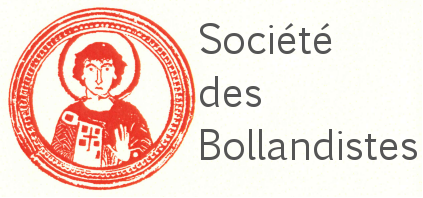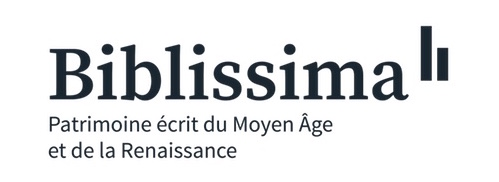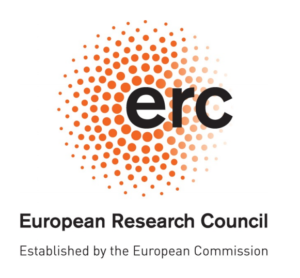Pinakes | Πίνακες
Textes et manuscrits grecs
Résumé :
An inclusive approach to the study of Greek-Byzantine and Arabic manuscripts leads new generations of scholars at considering complex textual witnesses with more attention than in the past. Palimpsests, bi- (multi-)lingual and di- (multi-) graphic codices as well as manuscripts with notes of various kind in a different language and script – notably Arabic or Greek – of that employed for the main text, thus reveal a dynamic and articulated structure which would be difficult to fully understand only considering one side/language of a manuscript witness. Beyond the scientific respect that this inclusive attitude secures to each linguistic and graphic component of a manuscript, it also offers new information and insights on well-known codices, brings new exemplars to the attention of researcher, and provides with precious occasions for collaborative works among specialists. These works, through their dialoguing attitude, are essential for unveiling various details linked to the history of the text and its copy, the ownership, readership, and use of a certain manuscript which would otherwise remain invisible and thus easily discarded. This contribution aims to point out some cases study in which a combined approach results fruitful.| Villes | Dépôts | Fonds | Cotes | Type | Commentaire | Tome | Pages |
|---|---|---|---|---|---|---|---|
| Madrid | Biblioteca Nacional de España (BNE) | fonds principal | Vitr. 26-2 | 238, tav. 2-3 | |||
| Paris | Bibliothèque nationale de France (BNF) | Grec | 0497 | 244, tav. 8 | |||
| Paris | Bibliothèque nationale de France (BNF) | Grec | 2179 | 234, 240, 243 | |||
| Princeton (NJ) | Theological Seminary Library | fonds principal | MS. 11.21.1900 | 246 | |||
| Sīnāʾ | Μονή της Αγίας Αικατερίνης | ΝΕ ar. perg. | 08 | 243 | |||
| Sīnāʾ | Μονή της Αγίας Αικατερίνης | gr. | 0680 | 244 | |||
| Città del Vaticano | Biblioteca Apostolica Vaticana (BAV) | Vat. gr. | 2282 | 240, 241 | |||
| Wien | Österreichische Nationalbibliothek (ÖNB) | med. gr. | 01 | 231 | |||
| Città del Vaticano | Biblioteca Apostolica Vaticana (BAV) | Vat. ar. | 013 | 243 | |||
| London | School of Oriental and African Studies Library (SOAS) | Special Collections | MS 13996 | 242 |







